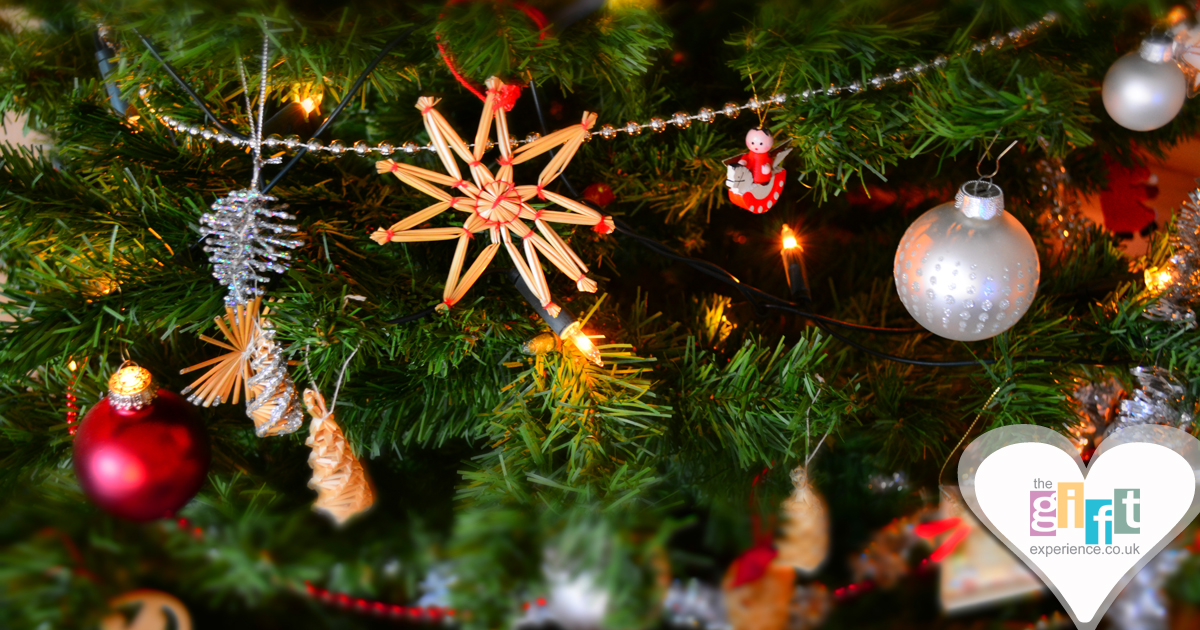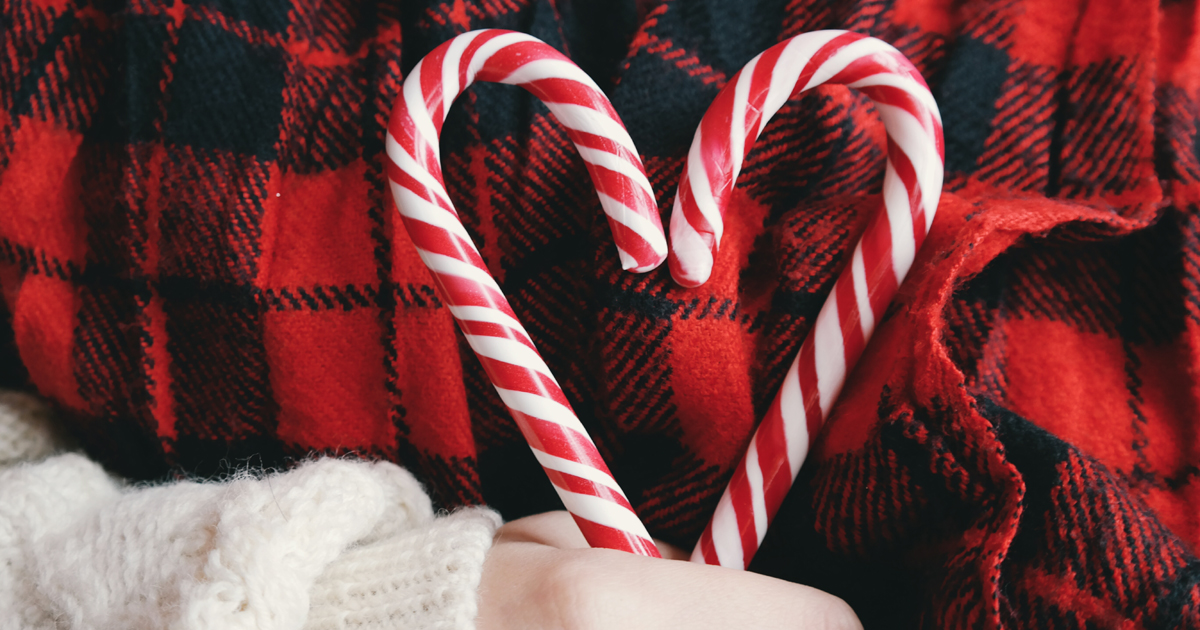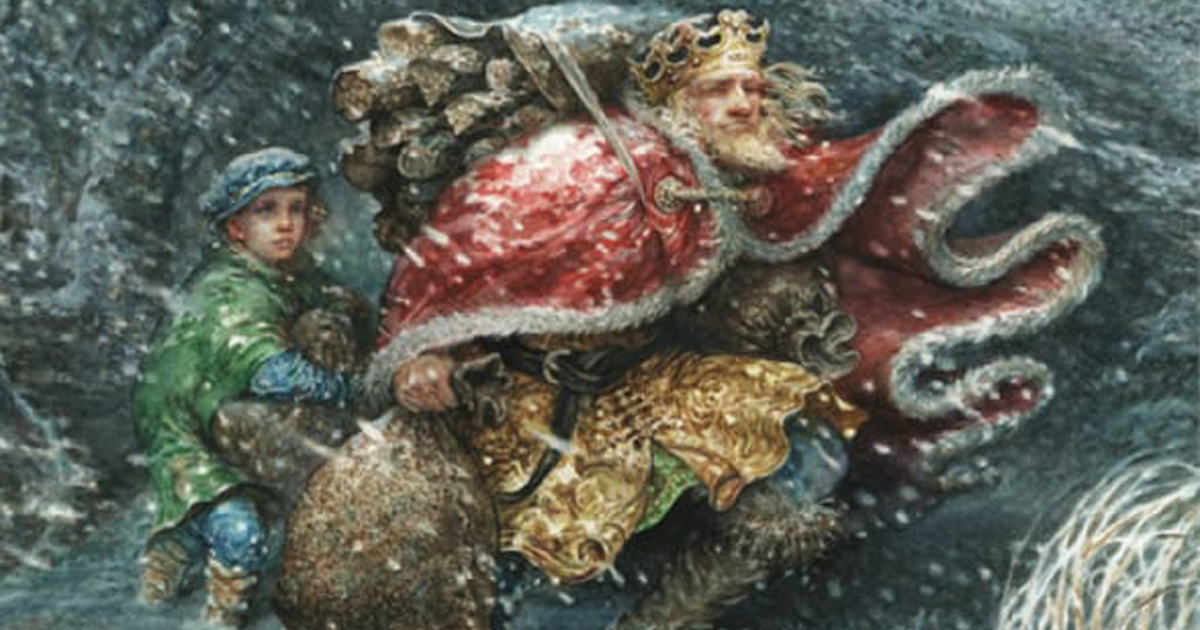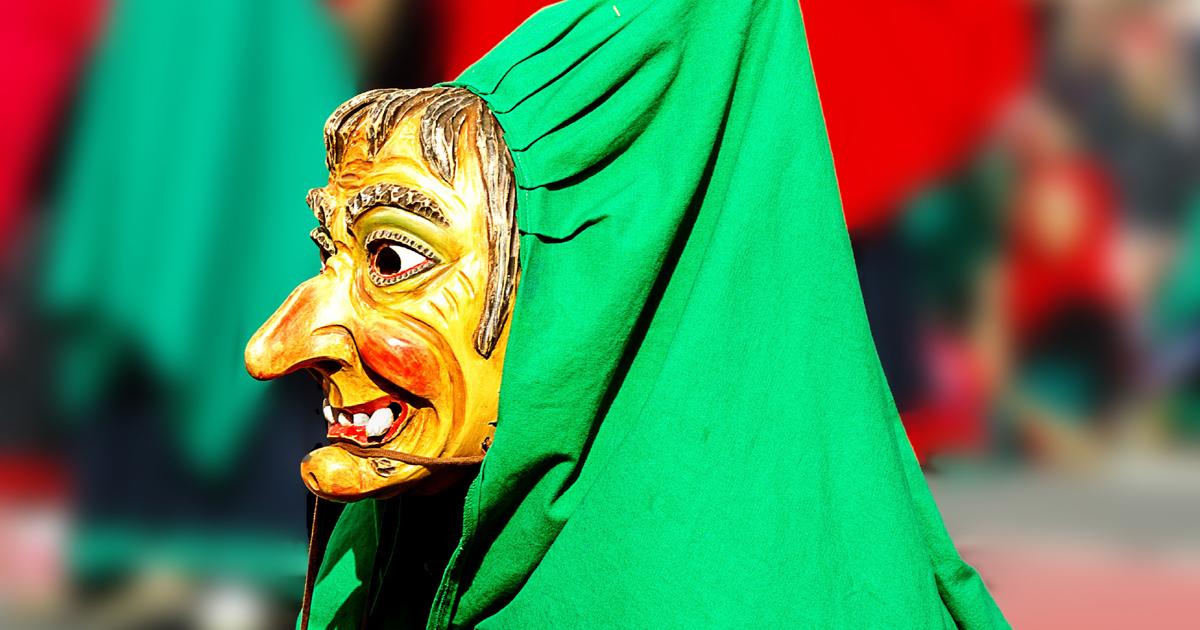
1. Christmas Trees
Popular belief is that the Christmas Tree originated from Germany in the early Renaissance however, Latvia also claims to be the home of the first Christmas Tree! The first documented use of a evergreen tree at Christmas and New Year celebrations is in town square of Riga, the capital of Latvia, in the year 1510. Either way, these Christmas symbols date back all the way to the 15th-16th century which is when they were decorated with apples, roses, candies and coloured paper.
The Christmas Tree didn't really come to the United Kingdom until much later, about 1830, after Queen Victoria’s marriage to the German Prince Albert. During the Christmas of 1841 they started to rise in popularity as Albert set one up in Windsor Castle for his Queen to enjoy and this festive tradition then spread throughout the country.
2. Poinsettias
This plant and its associations with Christmas stem from Mexico, where they tell the story of a young girl who was too poor to pay for a present to celebrate the birth of Jesus. Angels inspired her to pick weeds from the roadside to bring to the Church and as she walked in she was laughed at but, upon placing the branches near the manger, the weeds started to bloom and became poinsettias when beautiful crimson blossoms sprouted from them.
From the 17th century onwards friars in Mexico incorporated these bright flowers into their Christmas celebrations, as they believe the flowers have a special symbolism. The star shape of the leaf symbolizes the Star of Bethlehem and the red symbolizes the blood sacrifice through the crucifixion of Christ.
3. The Christmas Elf and his Yule Goat
At Christmas time in Denmark a mischievous elf called Nisse is supposed to come out and have his fun. In Sweden he is called Tomtenisse and in Finland, Tonttu.
He is said to live in the lofts of old farmhouses or local forests and enjoys playing jokes. He is generally described as being no taller than 90cm, having a long white beard, and wearing a conical or knit cap in red or some other bright colour. It is said that on Christmas Eve he plays jokes and goes around with the Yule Goat knocking on the doors of people's homes, handing out presents. Families leave him a bowl of rice pudding or porridge on Christmas Eve to say thank you and to keep his jokes within limits.

4. Candy Canes
Another well-known Christmas tradition that has its roots in Germany is the candy cane. In 1670 a German choirmaster wished to find a way to get the children to be quiet in his church during Christmas Eve ceremonies.
He asked the local sweet maker to make sweet sticks for the children but in order to justify the giving of candy during worship he had the sweet maker add a crook to the tip of each sweet (to resemble the crocks of the three shepherds) and to make them red and white (to reinforce Christian beliefs in the sinless life of Jesus). These delicious candy canes then spread through Europe while being given out at nativity plays.
5. Postcards from Le Père Noël
Like children around the world, little ones in France often write letters to Father Christmas – known as Le Père Noël in French. In these letters children write a wish-list of items that they would love to receive from Le Père Noël at Christmas time – if he decides they have been good boys and girls!
However, these letters don't just disappear with no reply in this part of the world. Since 1962, France has had a law that stipulates any letter to Santa must be responded to in the form of a postcard so that each child gets a response from the jolly man in red.
6. A meal for each Disciple
Christmas Eve is known as Wigilia in Poland. The main Christmas meal is eaten in the evening and is called "Kolacja wigilijna" (Christmas Eve supper). On the table there are 12 dishes - For Catholics the 12 dishes symbolize Jesus' 12 disciples but an adjacent tradition is that they are meant to give you good luck for the next 12 months.
The meal is traditionally meat free, this is to remember the animals who took care of the baby Jesus in the manger. Everyone has to eat or at least try some of each dish but it's traditional that no food is eaten until the first star is seen in the sky!

7. Good King Wenceslas
"Good King Wenceslas" is a popular Christmas carol that tells a story of a Bohemian king going on a journey and braving harsh winter weather to give alms to a poor peasant on the Feast of Stephen (December 26, the First Day of Christmas).
The famous King Wenceslas of the Christmas Carol was a real King in the Czech Republic. His goodness and his beliefs in Christianity infuriated his mother, and his brother, who murdered him on the Church steps. Before he died he asked for God's mercy for his brother's evil act. He became the patron saint of Czech Republic.
8. The Girl of Light
Around Christmas time in Sweden, one of the biggest celebrations is St. Lucia's Day. St Lucia was a young Christian girl who was martyred in 304. The most common story told about St Lucia is that she would secretly bring food to the persecuted Christians in Rome, who lived in hiding in the catacombs under the city. She would wear candles on her head so she had both her hands free to carry things. Lucy means 'light' so this is a very appropriate name.
St. Lucia's Day is now celebrated by a girl dressing in a white dress with a red sash round her waist and a crown of candles on her head. Small children use electric candles but from about 12 years old, real candles are used!
9. Gifts from Grandfather Snow
In Georgia Presents are traditionally brought to children by "Tovlis Papa" which means “Grandfather snow”. He normally wears all white clothing including a hat a cape/cloak called a “nabadi”. The cloak is heavy and very warm as it's made of white sheep's wool. Shepherds were them in darker colours, but Tovlis Papa has to wear a white one.
On New Year’s eve Grandfather Snow comes down from the mountains of the Caucasus and walks around Georgia to deliver treats and sweets to all the children in Georgia. Children leave out “Churchkhela” a treat made of walnuts and grape juice, which is shaped like a sausage, for Tovlis Papa. Santa is also often called “Tovlis Papa”, but the real “Tovlis Papa” does not mind.

10. Gifts from a Witch
It Italy and Russia an ugly but kind witch is said to come around on her broomstick at Christmas time and deliver presents to children. In Italy this witch is referred to as Befana and in Russia she is called Babushka – which means grandmother.
According to legends the old lady was visited by the three wise men on their way to visit the Baby Jesus, and invited to join them on their journey, but she declined. Then, after the wise men had left she changed her mind, packed a basket full of present and set off in search of the baby. However, she was never able to find the Baby Jesus so now she leaves presents for any good child she finds at Christmas time.
11. Christmas Street Party
In Jamaica, Christmas Eve is also called 'Grand Market' and is a really exciting time, especially for children. In every town and city in the country there is a cross between a festival and a market. During the day, people go shopping for Christmas foods, sweets and toys, etc. You might also buy some new clothes ready for the celebrations in the evening.
Around 6.00pm the evening part of Grand Market starts and it lasts until the morning. Everyone comes out on their new or best clothes, including children, to celebrate and party all night. All the streets, shops and many houses are decorated with lights. There are normally street vendors selling food like jerk chicken, boiled corn, and sweets like candy canes and sugar cane.
12. Christmas in January
Countries that follow the Orthodox Church don't actually celebrate Christmas until January. This is because they use the old Julian Calendar and means that Christmas Eve is on 6th January and Christmas Day is on the 7th January. Countries that celebrate Christmas in January include Russia, Serbia, Jerusalem, Ukraine, Ethiopia and Montenegro.
As part of their Christmas festivities they begin Advent on 28th November. This last for six weeks and during advent some people fast. As part of this fast they follow a Vegan diet where they don't eat any food that comes from animals such as meat, milk and eggs.
If you're sticking to the traditional customs from the UK this year then we're guessing you've already started shopping for Christmas gifts, but if you need any more help then be sure to check out our Christmas Gifts...





